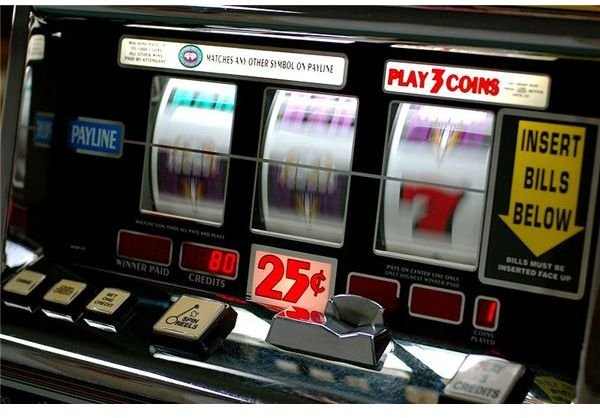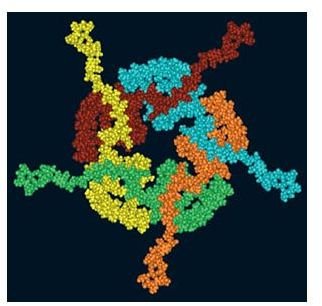What Causes Gambling Addiction? The Role of Dopamine Agonists & the Psychology of Gaming Addiction
What are Dopamine Agonists?
Dopamine agonists are drugs designed to raise the levels of dopamine, a chemical in the brain. When dopamine ceases to be produced at correct levels, dopamine agonists can be administered to bond with the midbrain and replace the natural actions of the neurotransmitter. Some are used for patients with Parkinson’s disease. Parkinson’s disease is caused by low levels of dopamine and can lead to a number of side effects, including tremors, spasms and generally poor muscle control.
Dopamine is a monoamine, a compound composed of nitrogen formed by hydrocarbon radicals replacing hydrogen atoms in ammonia. When a carboxyl group is removed from dopa, the ultimate result is dopamine. Dopamine agonists can take the place of the naturally-occurring chemical.
Research into Dopamine Agonists
At the 58th Annual Meeting of the American Academy of Neurology in 2006, a number of studies were addressed linking the effects of dopamine agonists with increased likelihood of gambling addiction. Dr. Valerie Voon, a researcher with the National Institute of Neurological Disorders and Stroke in Bethesda, Maryland, studied approximately 400 patients with Parkinson’s disease. 16 percent of the patients reportedly developed addictive behaviors, most prominently gambling problems, but also hypersexuality and excessive shopping.
One of the factors involving this gambling addiction was the fact that most addicts were prone to slot machine use rather than card playing. According to the study, this stems from the relation between dopamine and the brain’s need to create patterns from randomness. When the dopamine agonists replace the naturally-occurring dopamine, the levels can be much higher than normal.
What Causes Gambling Addiction?

The Addiction Science Research and Education Center at the University of Texas determined that dopamine agonists stimulate and ultimately decrease the number of receptors. Overstimulation decreases the number of receptors, and the remaining receptors become less sensitive to dopamine. This is known as desensitization or tolerance.
This is caused by monoamine oxidase (MAO), the enzyme responsible for the breakdown of dopamine. As dopamine agonists block this breakdown, causing increased stores of dopamine to remain present, stimulating the remaining receptors. A combination of the desensitization and excessive levels of dopamine creates a situation where a person’s behavior is altered into addiction. This has been shown by the American Psychiatric Association to lead to gambling addiction. According to the organization, a person begins getting pleasure from patterns, which can be created in a gambling setting. This is caused by the agonist having a secondary effect on the nucleus accumbens, which gives rise to pleasure. Dopamine mediates the nucleus accumbens and since there is too much dopamine in the system, it overly excites the pleasure center.
Possible Benefits of Dopamine Research and Gambling Addiction Help

Due to this research on patients with Parkinson’s disease, it is possible to use the findings to help anyone who needs to overcome their addiction. As of 2009, further research is looking into the link between dopamine excitation and general gambling addiction in people without Parkinson’s. It may be possible to affect the levels of dopamine within gambling addicts in an effort to reduce the need for the gambler to continue the addiction.
Resources
Do Dopamine Agonists Spark Gambling Compulsion?
Image Sources
A computer simulation-generated image of the form of alpha-synuclein that triggers Parkinson’s disease. (Image supplied by the US Department of Energy; Public Domain; https://upload.wikimedia.org/wikipedia/commons/7/75/Parkinson_image_%28Argonne%29.jpg)
Slot machine. (Supplied by Jeff Kubina at Flickr; Creative Commons Attribution ShareAlike 2.0; https://upload.wikimedia.org/wikipedia/commons/b/bd/Slot_machine.jpg)
Dopamine molecule. (Supplied by Sbrools at Wikimedia Commons; GNU Free Documentation License; https://upload.wikimedia.org/wikipedia/commons/b/b0/Dopamine-3d-CPK.png)
